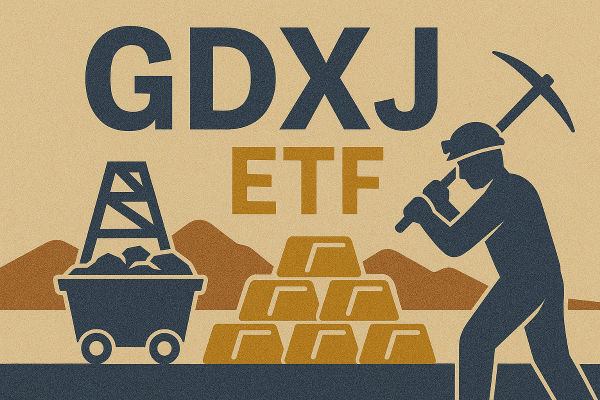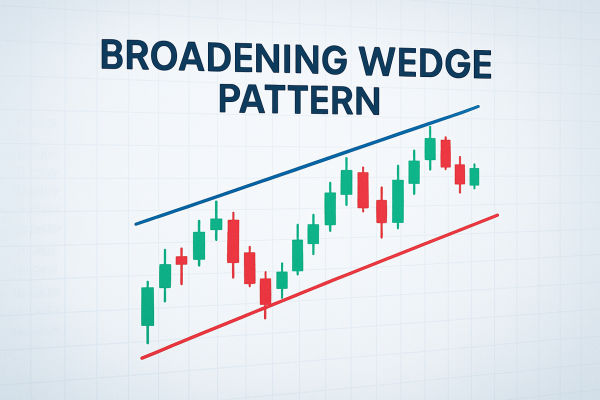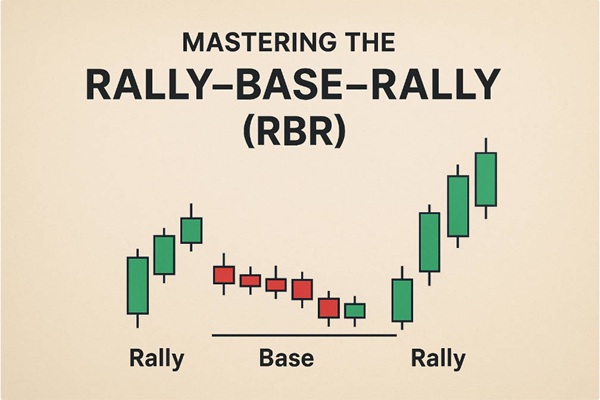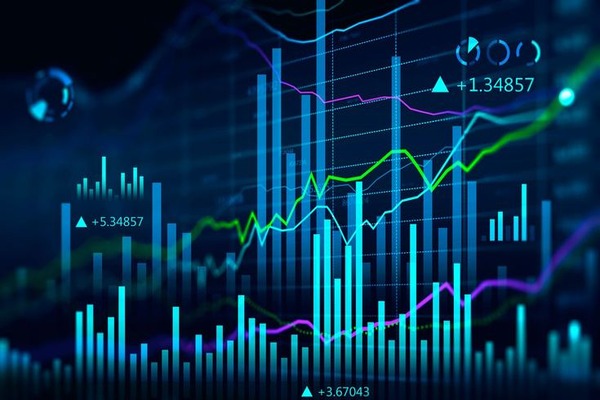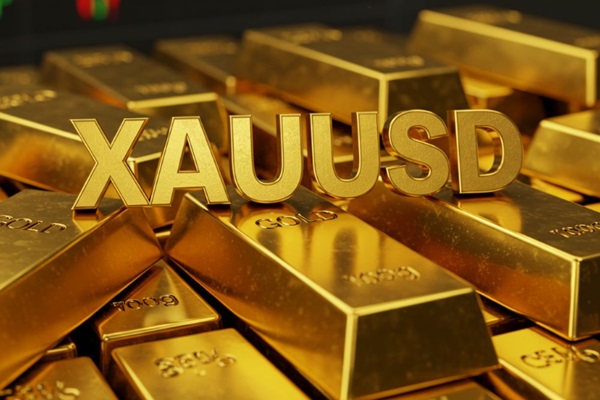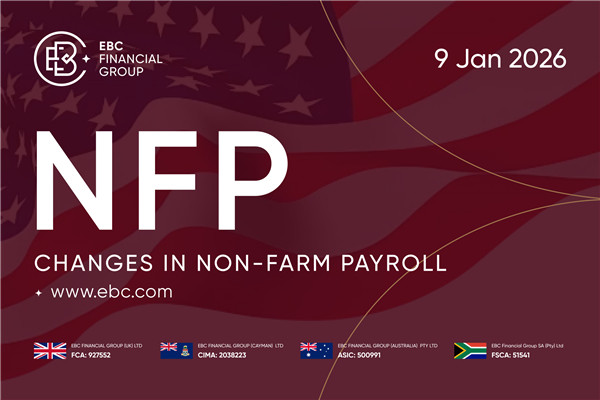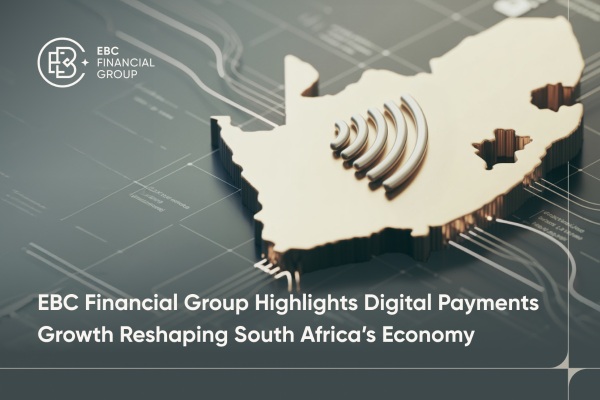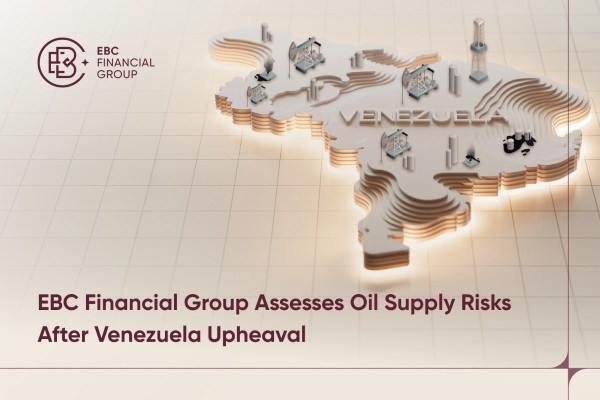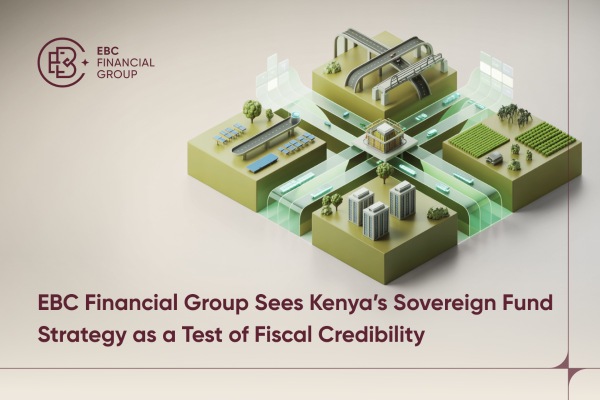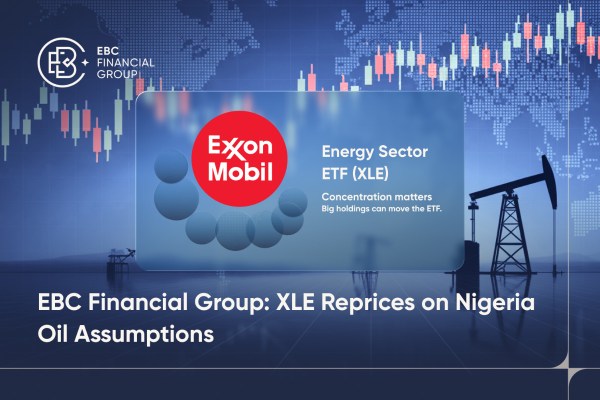GDXJ ETF has become a focal point for investors looking to tap into the growth potential of smaller gold mining companies. While the larger GDX ETF tracks established miners, GDXJ is designed to provide exposure to smaller-cap firms operating in the gold mining space.
This ETF is not simply a junior version of its more famous counterpart. GDXJ carries distinct risks and opportunities, and understanding these is crucial before allocating capital. In 2025, the gold market continues to respond to inflation pressures, central bank policy shifts and geopolitical volatility, making GDXJ an actively watched instrument.
Here are five essential things to understand before buying GDXJ ETF
1. It Tracks Smaller Gold Mining Firms
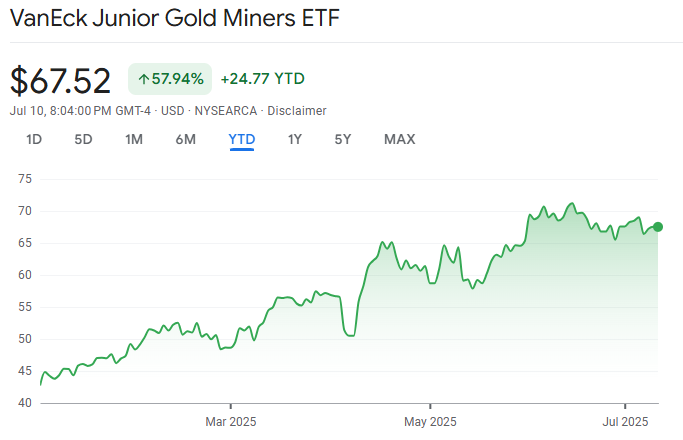
GDXJ is constructed to reflect the performance of junior gold miners — companies that are smaller, less established and often earlier in their production lifecycle than those found in broader gold ETFs. These miners typically operate with leaner balance sheets and higher operational risk, but they also offer stronger growth potential if gold prices rise or if exploration yields new discoveries.
Understanding that GDXJ holds companies with higher volatility is key. The ETF's movements tend to be more exaggerated compared to gold itself or senior miner ETFs like GDX. If gold prices spike, GDXJ may rise more sharply. Conversely, during downturns, losses can be amplified.
For traders and investors seeking leveraged exposure to gold price trends without using derivatives, GDXJ can serve that purpose. However, this also means that risk management is particularly important.
2. GDXJ Is Heavily Influenced by Gold Prices
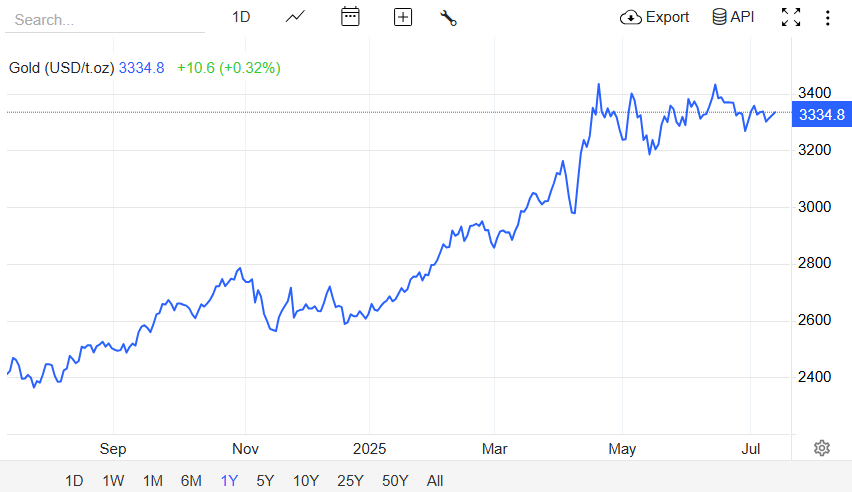
As with all precious metals funds, GDXJ's performance is highly correlated with the price of gold. Junior mining firms rely on the profitability of extracting and selling gold, which makes them extremely sensitive to even modest shifts in spot gold prices.
This correlation cuts both ways. A bullish gold environment can quickly lift the value of GDXJ, sometimes delivering double-digit monthly returns. On the other hand, when gold retreats, junior miners tend to suffer more than the majors due to thinner margins and greater funding pressure.
Investors should keep a close eye on macroeconomic indicators such as real interest rates, inflation data and central bank decisions. These factors all influence gold demand and, by extension, the trajectory of GDXJ.
3. The Holdings Are Dynamic and International
Many investors mistakenly assume that GDXJ only includes North American junior miners. In fact, the ETF is internationally diversified, with holdings spanning Canada, Australia, the United States and emerging mining jurisdictions.
The fund rebalances quarterly and includes firms that meet liquidity, market cap and operational criteria. This active adjustment means the specific holdings within GDXJ change regularly, depending on company performance, market valuation and other technical factors.
For example, in 2024, several Australian mining stocks gained larger weightings within the ETF due to favourable exploration results and increased investor interest. In 2025, as gold exploration becomes more global, the international character of GDXJ is expected to continue evolving.
Because these smaller companies are subject to operational risks — including regulatory changes, environmental challenges and financing needs — investors must be aware that GDXJ's risk profile includes more than just gold price exposure.
4. Liquidity Can Be a Concern in Volatile Markets
While GDXJ is one of the more liquid junior miner ETFs, it is still vulnerable to liquidity crunches, especially during periods of high volatility or market stress. In contrast to large-cap ETFs that benefit from extremely deep order books, GDXJ can experience wider spreads and more erratic price movements.
The underlying holdings of the ETF are also less liquid. Many of the junior mining stocks included in the fund trade on smaller exchanges with lower average daily volumes. When ETF flows spike — whether in or out — this can have a disproportionate effect on the prices of the underlying assets.
This is not necessarily a reason to avoid GDXJ, but it is a factor worth understanding. Investors using the ETF for short-term trading should be aware of potential slippage, and those with long-term positions should prepare for larger drawdowns during market downturns.
5. GDXJ Is Not a Substitute for Physical Gold

Some investors looking to gain exposure to gold mistakenly believe that GDXJ is a stand-in for physical bullion. While it is gold-related, it is by no means a direct proxy. GDXJ tracks companies that mine gold — not gold itself. As a result, the ETF is exposed to equity market risks, corporate performance, operating costs, and sector sentiment.
This means that in certain market conditions, GDXJ may diverge from the performance of spot gold. For example, if gold prices are stable but investors rotate out of small-cap equities due to a broader risk-off environment, GDXJ may decline even though bullion prices are unchanged.
Investors interested in pure exposure to the metal may prefer instruments like gold ETFs backed by physical holdings. GDXJ, on the other hand, is suited for those seeking leveraged exposure to gold through equity markets, accepting the added risks that come with that choice.
Final Thoughts
GDXJ offers a dynamic way to gain exposure to small-cap gold miners with global reach. Its higher volatility makes it appealing to traders and investors seeking amplified returns in a rising gold market. However, with this potential comes higher risk, especially in turbulent economic conditions.
Before buying GDXJ, investors should consider its sensitivity to gold prices, its exposure to junior mining risk, and its divergence from physical gold. It is not a one-size-fits-all product, but when used appropriately, it can be a powerful addition to a diversified portfolio.
Disclaimer: This material is for general information purposes only and is not intended as (and should not be considered to be) financial, investment or other advice on which reliance should be placed. No opinion given in the material constitutes a recommendation by EBC or the author that any particular investment, security, transaction or investment strategy is suitable for any specific person.
